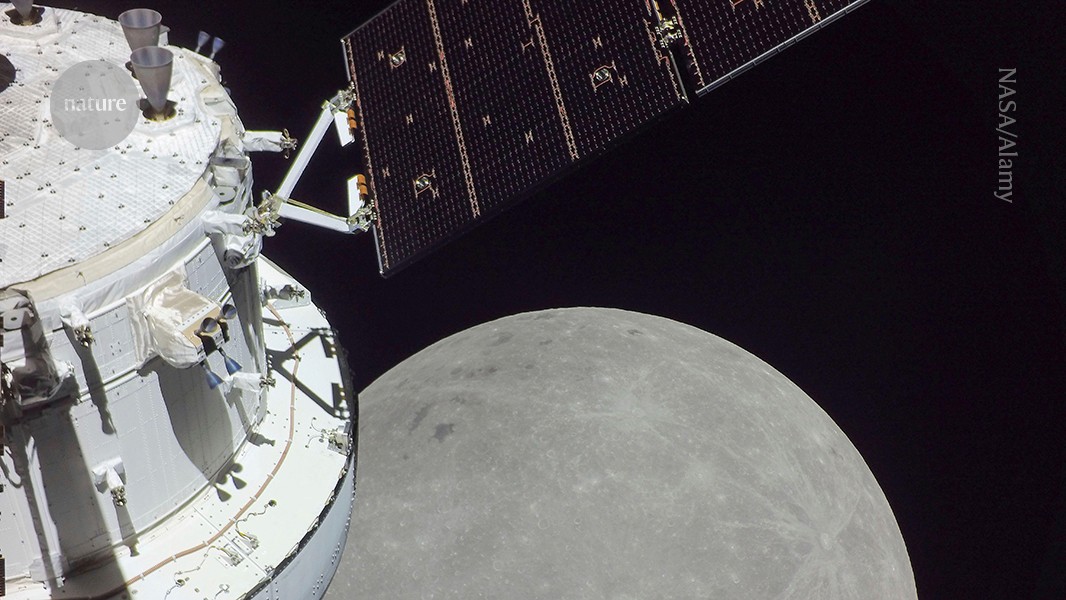
"In February 2024, a commercial lander built by Intuitive Machines in Houston, Texas, did what only superpowers had achieved before: touch down on the Moon and deliver NASA science payloads. Four months later, China's Chang'e-6 returned the first samples from the far side of the Moon, a site that China plans to build a radio telescope on, in partnership with African nations."
"In the United States, President Donald Trump proposed US$7 billion for lunar exploration in 2026. His administration's 2027 priorities go further, calling for investments that "unlock new mission capabilities, enable discoveries, and achieve exploration goals", including nuclear power, local-resource use and biotechnology in space (see go.nature.com/4812vla). It's a new era for space exploration, motivated by a mix of geopolitics, potential commerce and discovery. Establishing humans on the Moon, Mars and beyond is no longer just an aspiration: it is driving strategies, markets and missions today."
Recent lunar milestones include a commercial lander touchdown delivering NASA science payloads and China's Chang'e-6 returning the first samples from the Moon's far side, a location planned for a radio telescope in partnership with African nations. The United States has proposed major funding and priorities for lunar exploration, emphasizing nuclear power, in-situ resource use and biotechnology in space. A broad international framework exists via the Artemis Accords, but scientific goals risk being overshadowed by geopolitics and commerce. Scientific inquiry must guide partnerships among academia, government, industry and philanthropy to ensure exploration produces knowledge and innovation. Five priorities for action are identified to shape the next wave of exploration.
Read at Nature
Unable to calculate read time
Collection
[
|
...
]